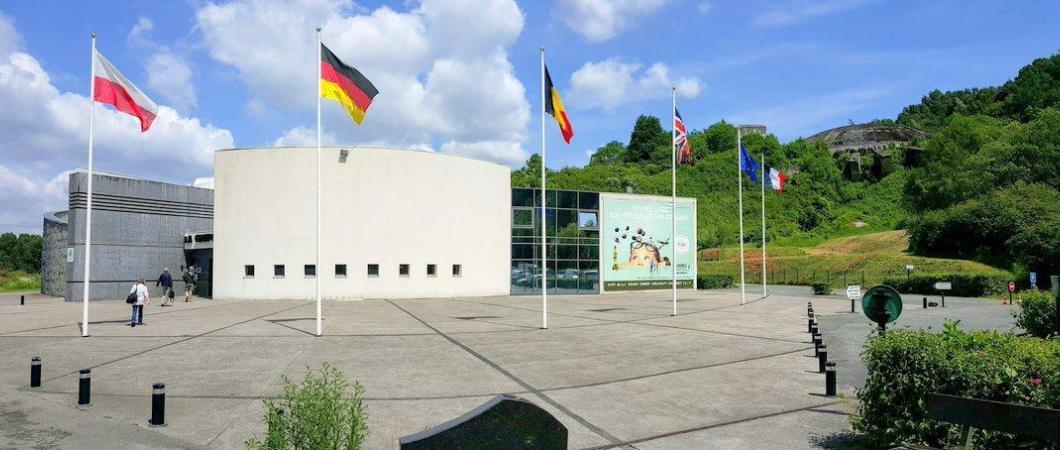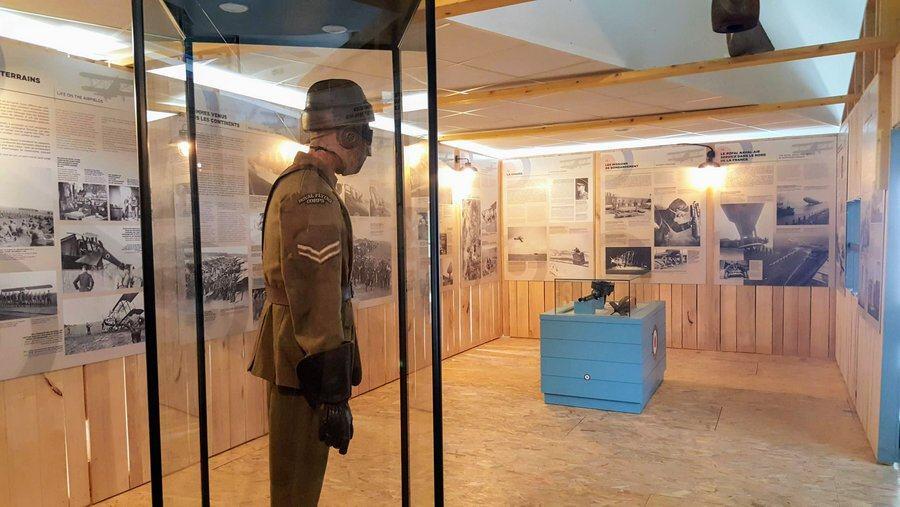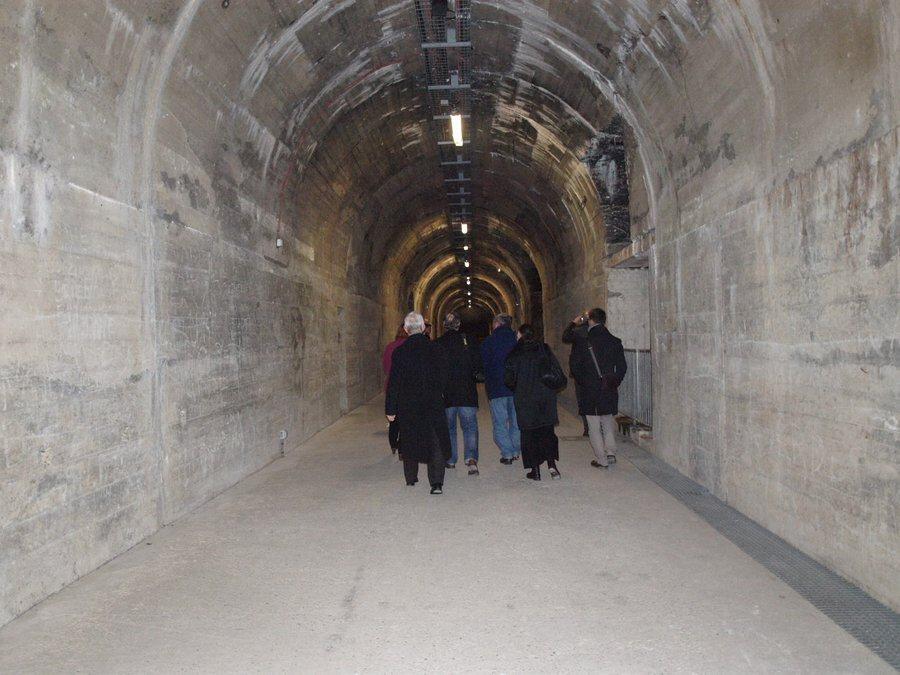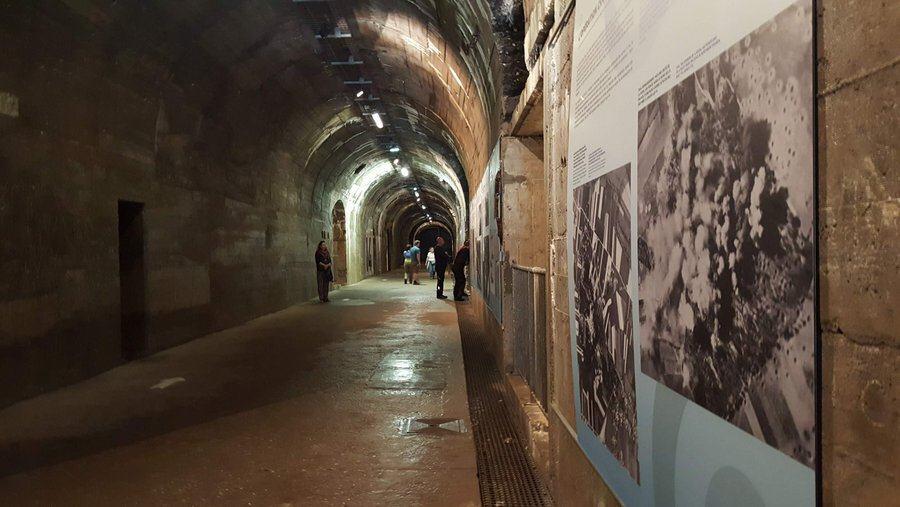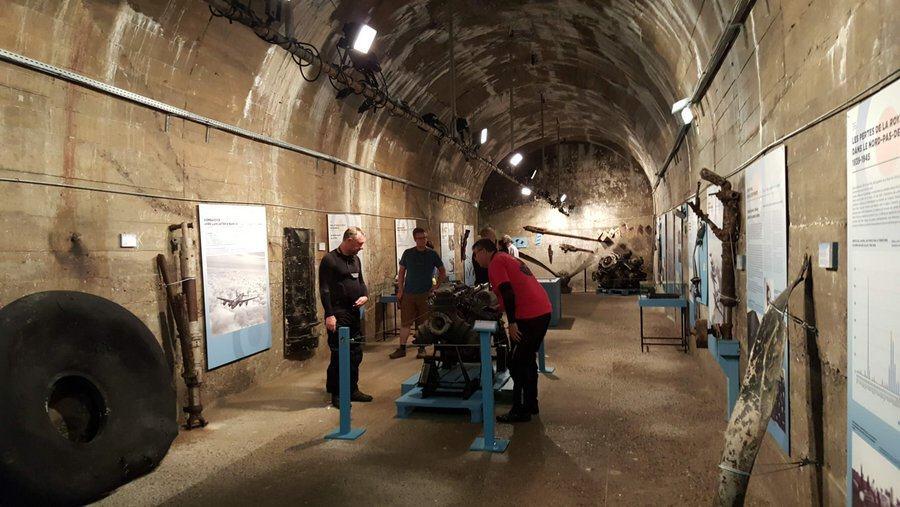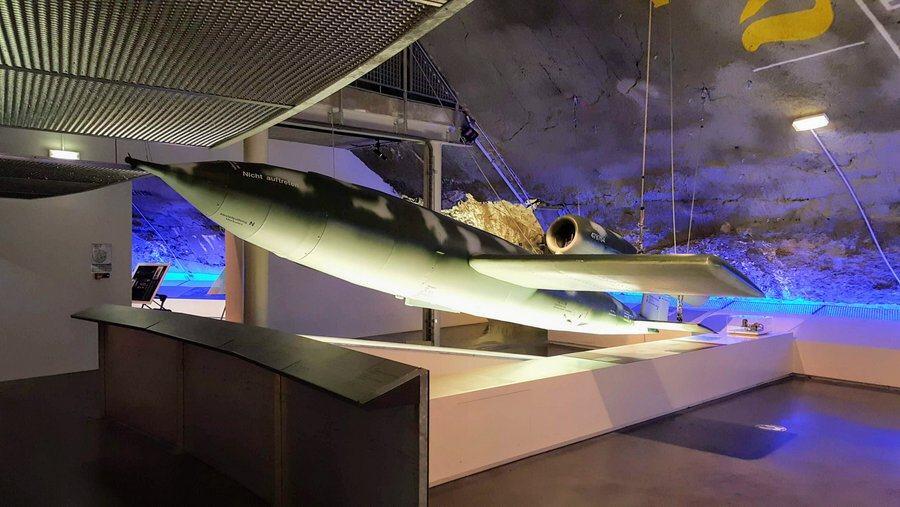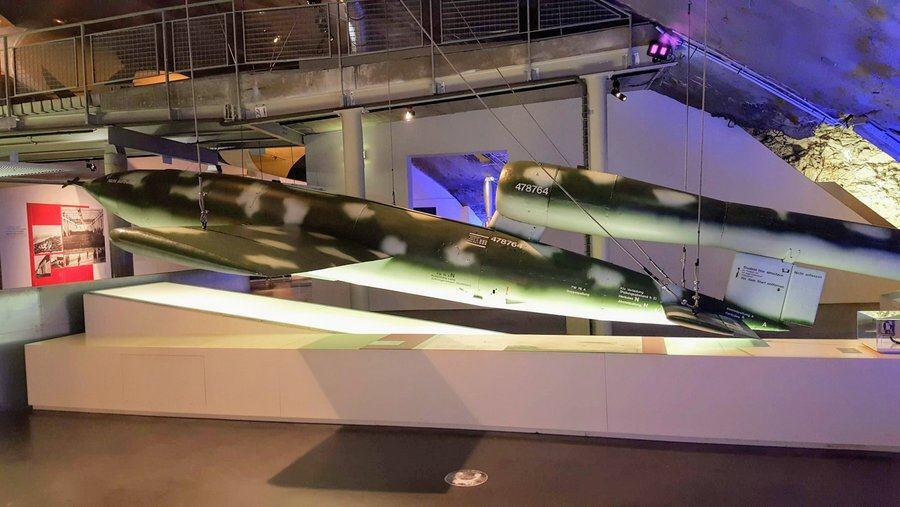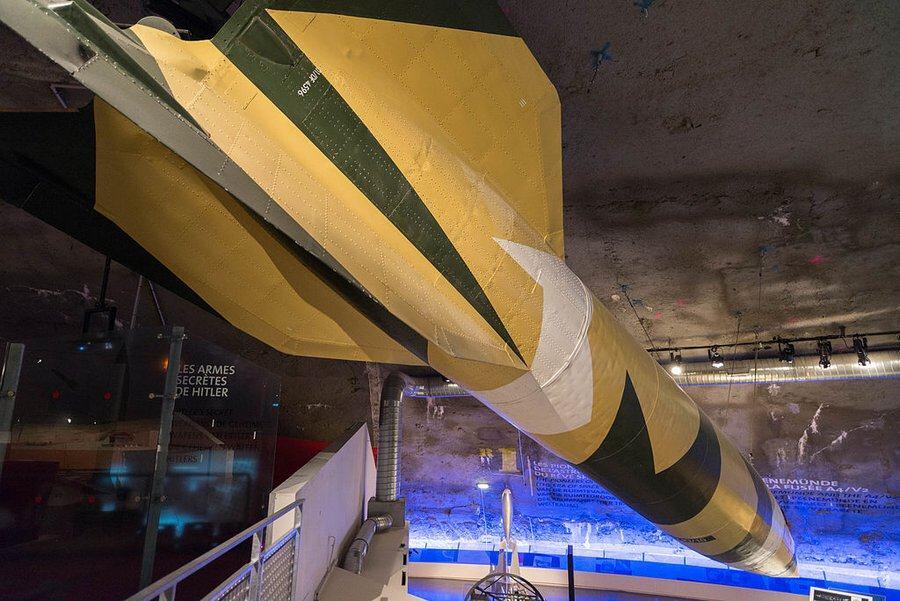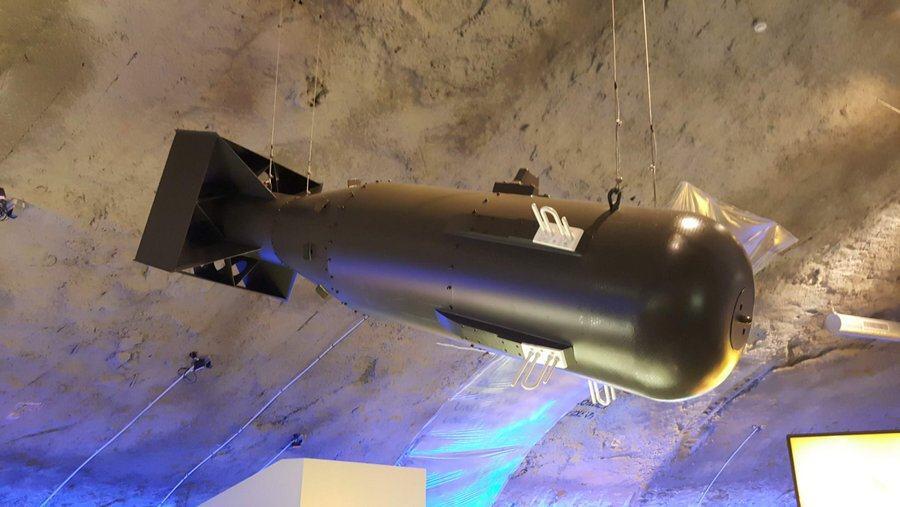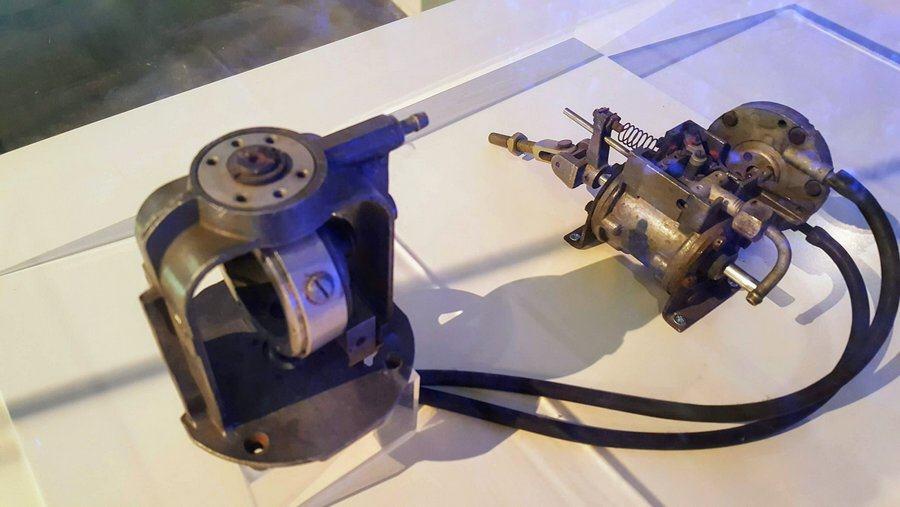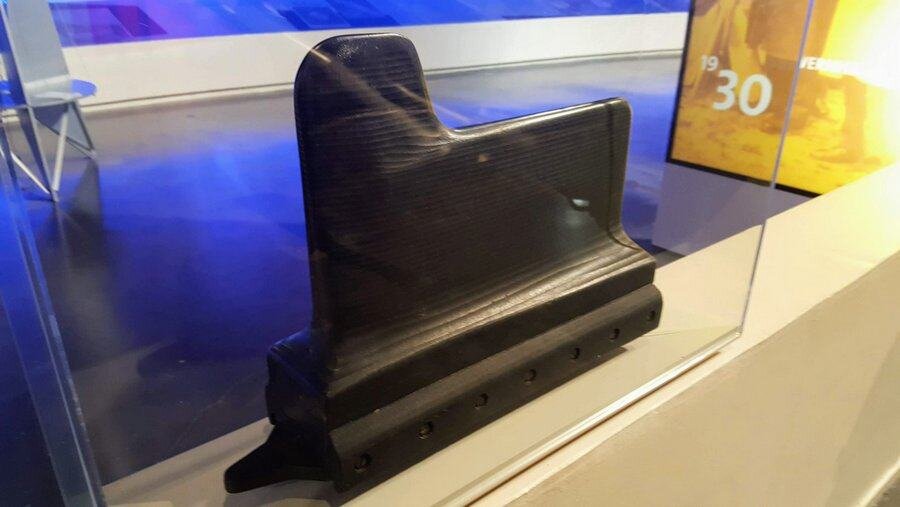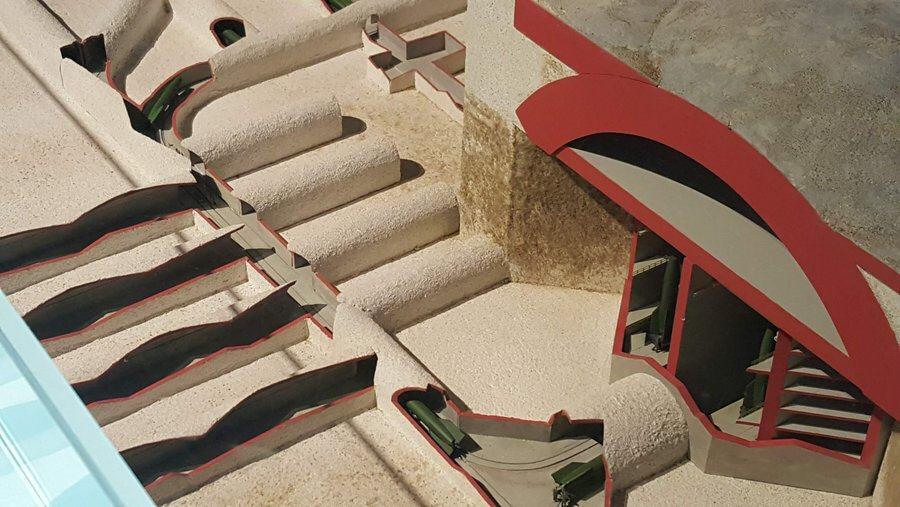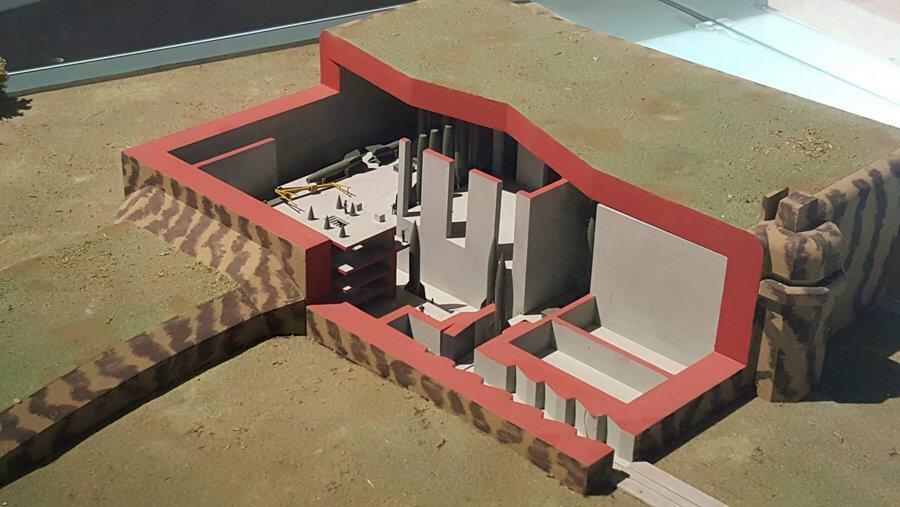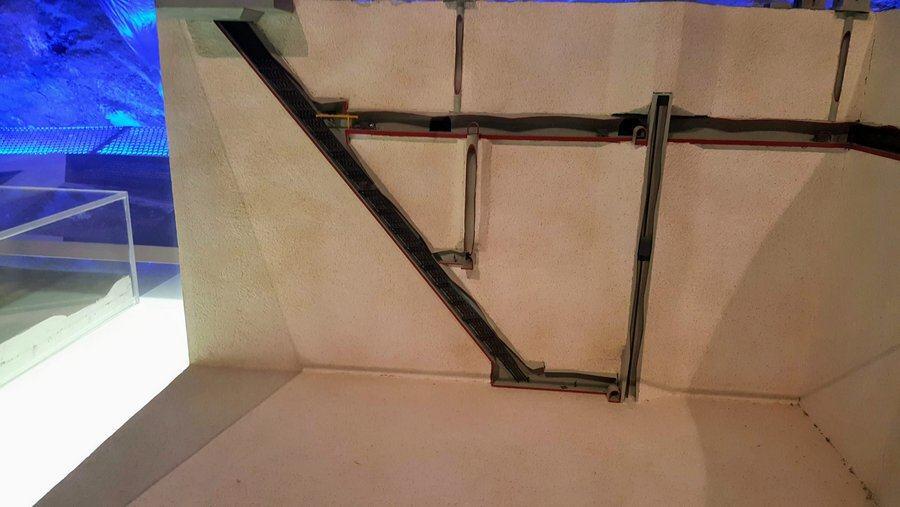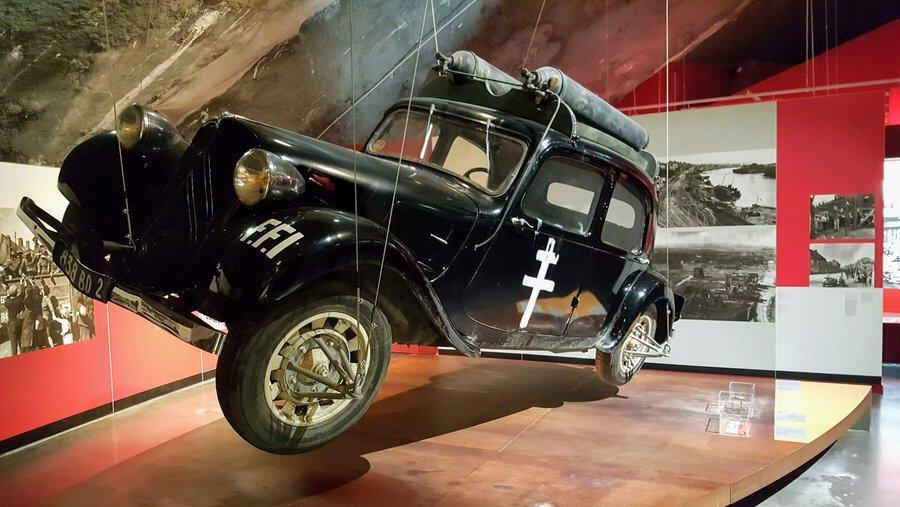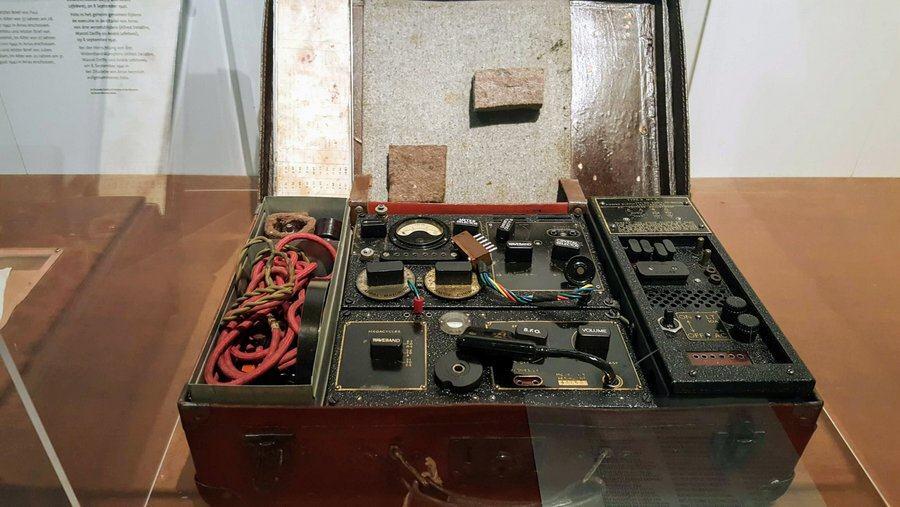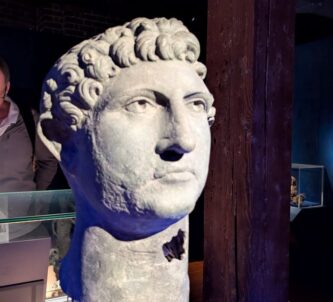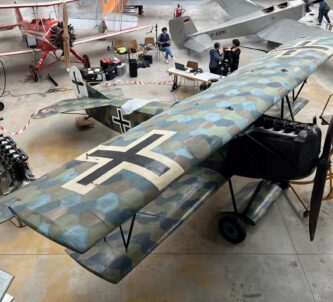La Coupole is one of the giant concrete constructions* built by the Germans in France during World War 2.
It was designed to be a combined assembly and launch facility for Hitler’s V2 rockets. Its colossal, 72m diameter reinforced concrete domed roof was 5.5m thick and designed to shrug off even the biggest bombs – which it did**.
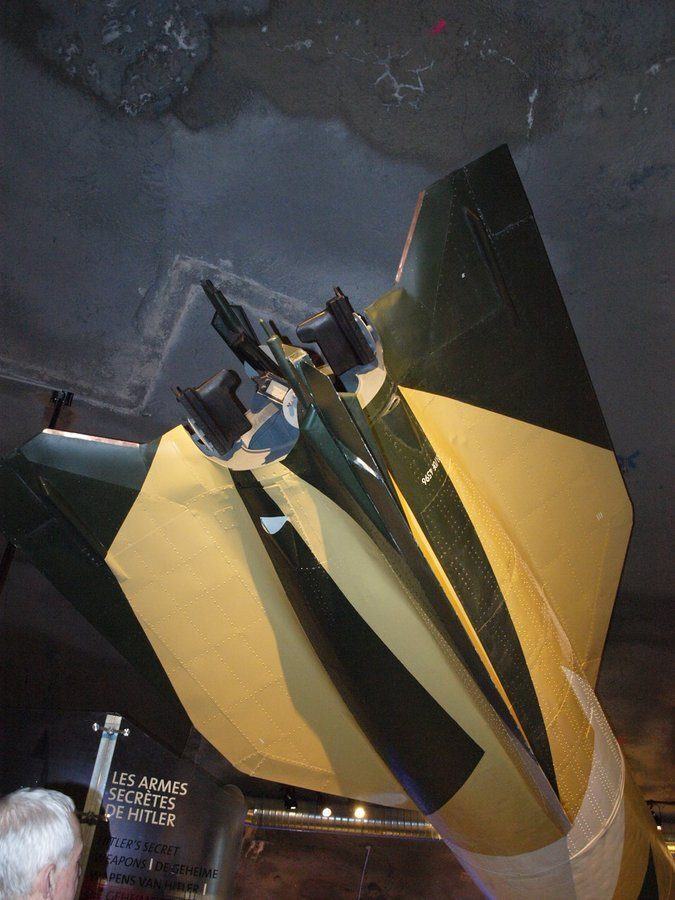
The V2, Wernher von Braun’s brainchild, was a terrifying weapon. Where its predecessor, the V1 flying bomb, could be intercepted and shot down, the much larger V2 was a ballistic missile travelling at supersonic speeds. It was impossible to intercept and its victims never heard it coming. It could easily wipe out two streets in one blast.
Built into a quarry outside Wizernes in Nord Pas de Calais, the facility which later became known as ‘La Coupole’ was created to mass-produce V2 rockets, trundle them out to the launch pads outside and fire them at London only 120 miles away.
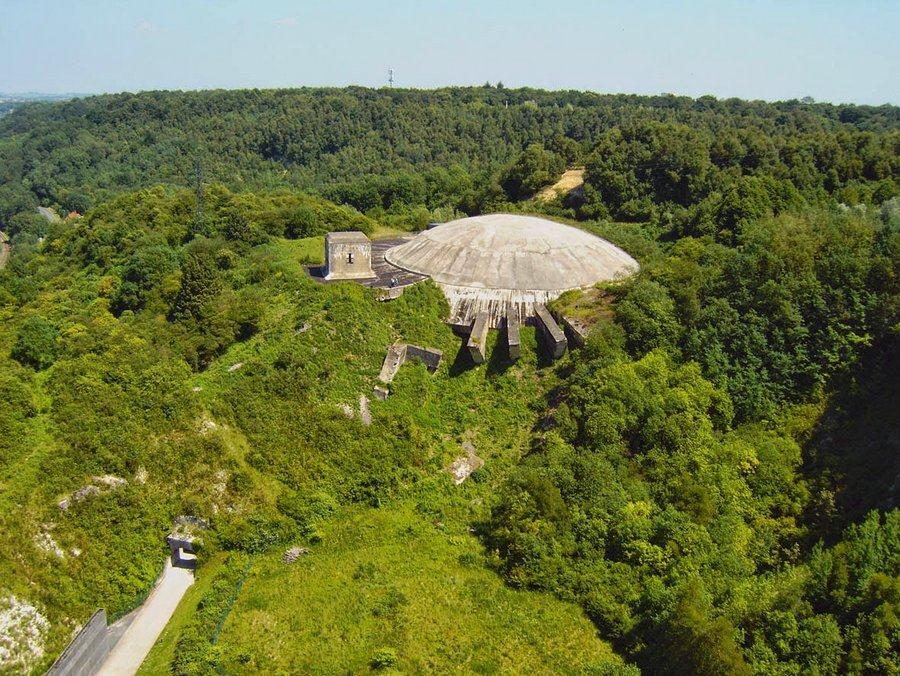
Fortunately, persistent bombing by the Allies interrupted work schedules and disrupted supplies enough to prevent any V2s being launched from there. La Coupole ended up damaged but not destroyed.
Now it is a museum, history centre and 3D planetarium, which seems appropriate since the development of the V2 rocket also triggered the post-war birth of the space industry.
So, what’s there?
Well the focus may be on science and rocketry, but there are other exhibits and displays that highlight the plight of the slave labour workforce who built La Coupole, life for civilians under occupation in the region which was a high security zone, the Resistance, and this year, the history of the RAF whose 100th Anniversary is being celebrated in Pas de Calais and nearby St. Omer in particular because this is where the RAF was born.
La Coupole is marking the 100th anniversary with a set of temporary exhibitions that opened in June and will close in June 2019.
The beginnings of the RAF during WW1 are covered in a recreated WW1 RAF hut in the lobby of the entrance building.
In the main exhibition area under the dome, there is a collection of photographs and documents covering the relationship between civilians and aviators in the region from 1914 to 1945. It looks in particular at the creation of the first escape networks for downed aircrew.
Between those two sections, in the long entrance tunnel at the base of La Coupole, there are panels on the wall covering the history of the RAF and its campaigns in WW2, including the attacks on Germany’s V weapons sites. The photographs and exhibits also extend into some of the side tunnels.
I think La Coupole should consider keeping this section of the temporary exhibition, or at least a version of it. It will remain relevant to the site itself after the anniversary year is over, and more importantly, it perks up the tunnel! I was last at La Coupole in 2012 and the tunnel then was just a very long dreary tunnel! Now there is a reason to slow up and enjoy the tunnel as an exhibition space.
What about the permanent exhibits?
Well, it’s not all rocket science… but it is mostly. The physical highlights are a lifesize replica V2 rocket which dominates the mezzanine exhibition gallery levels under the dome, a replica V1 flying bomb, and a replica of the Little Boy atomic bomb that was dropped on Hiroshima.
The technological significance of the V2 is easy to see in my (still) favourite exhibit; a reconstructed V2 rocket motor with a really good video explanation of how it worked. Look at the RS-68 engines on the United Launch Alliance Delta IV Heavy rocket sitting on the pad at Cape Canaveral right now, waiting to take NASA’s Parker Solar Probe into space tomorrow (as I write) and you can still see the aerospace lineage in this V2 descendant.
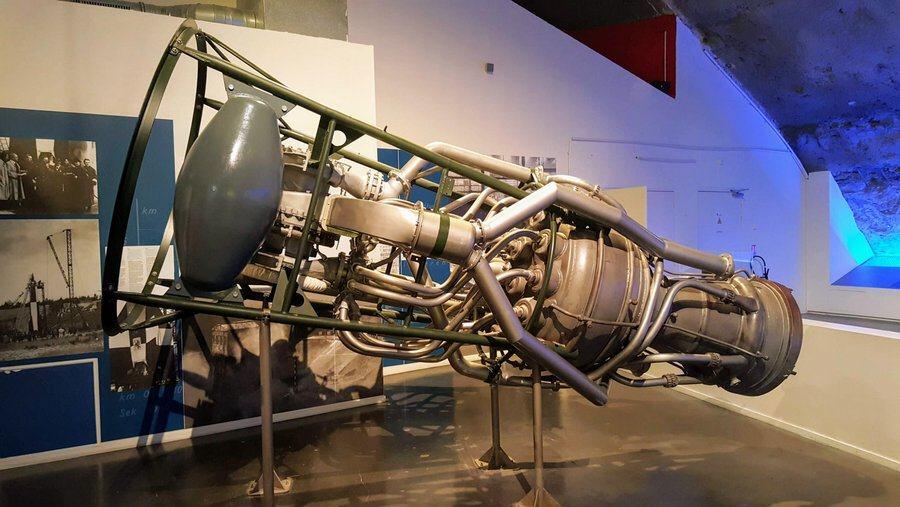
Many of the smaller technical exhibits under the dome are components of rockets or cutaway models of the site itself and other associated sites, such as the nearby Blockhaus (bunker) of Eperlecques built in 1943 as a factory for liquid oxygen for the V2, and the Fortress of Mimoyecques – home of the V3 (Vengeance 3) weapon. V3 was planned to be a set of 25 x 130-metre long range gun barrels sunk in shafts into a chalk hill, and all targeted on London. If, once again, they hadn’t been bombed relentlessly***, the super guns would have been able to fire 10 x 90kg dart-like explosive projectiles a minute – 600 rounds every hour. In the end they were never able to fire a single shot, and it’s now a historic attraction run by La Coupole.
Away from the technical exhibits are the sections of the museum that deal with life, death and deportation under Nazi control – both from the perspective of the slave labour working in and on the sites in the region, and the Resistance working to expose and subvert the German activities. There are items of clothing, publications, posters, and equipment such as explosives and secret radios – though it’s hard to see just how secretive you could be carrying around a radio the size of a heavy suitcase! The rule was, with the Abwehr (Wehrmacht Intelligence) listening out and trying to triangulate the signal, you never transmitted for longer than 3 minutes and never more than 3 times from the same location.
There is a 3D Planetarium at La Coupole which look impressive but on both my visits to the site, I haven’t had time to enjoy a show. Maybe next time!
World War 2 for kids
The combination of science and history at La Coupole means that for inter-generational families with children who’ve no first or second hand knowledge of 20th century war history, La Coupole provides an important educational experience.
* Like the nearby Blockhaus at Eperlecques and Fortress of Mimoyecques; the huge u-boat pens at Brest, Lorient, St-Nazaire, La Rochelle, and Bordeaux, not to mention the vast string of fortifications along the Atlantic wall.
** On 24 June 1944 several 12,000lb Tallboy bombs undermined the foundations but did not penetrate the dome. The bunker was abandoned. Then the following month (17 July) 3 Tallboys were dropped on the site. One shifted the dome out of alignment, two others blocked the entrance. The Tallboy wasn’t the biggest bomb in the RAF’s arsenal during WW2 (That was the 22,000 lb (10,000 kg) Grand Slam, which went into service in 1945), but it was the biggest available bomb at the time.
*** Originally the Germans planned for 50 super gun barrels, but reduced the project to 25 after the first of 17 Allied bombing raids, that dropped a total of 4,102 tonnes of high explosive on the site including Tallboys.
Declaration: I was visiting the area on a press trip hosted by Pas-de-Calais Tourism so my entrance was free.
Factbox
Website:
La Coupole
Getting there:
Musée Bunker – La Coupole Centre d’Histoire et Planétarium 3D
Rue André Clabaux
CS 40284
62570 Wizernes
France.
La Coupole is 45 mins from Calais by car. An hour from Lille.
If you are staying in St Omer, you can catch the Movéo bus No.5.
See my guide to staying in the St Omer area.
Entry Price:
| History Centre only | 3D Planetarium only | Combined ticket | |
| Adults: | €10 | €7.50 | €15 |
| Children (aged 3-16 inc¹): | €7 | €6 | €10.50 |
| Families (2 + 1 child²): | €15 | €10.50 | €37 |
¹ 3-16 for the Planetarium & Combined tickets, but aged 6-16 for the History Centre. So what happens to 4 yr olds just visiting the history centre? Free I guess!
² Then +€2 per extra child
Opening Hours:
Daily from 9.00am to 6.00pm all year round, except July and August when it is 10.00am to 7.00pm.
Access:
Surprisingly ;), the Germans may not have made provision for it in 1942, but the contemporary site has wheelchair access throughout.
Audio guides come in 4 languages including English.

